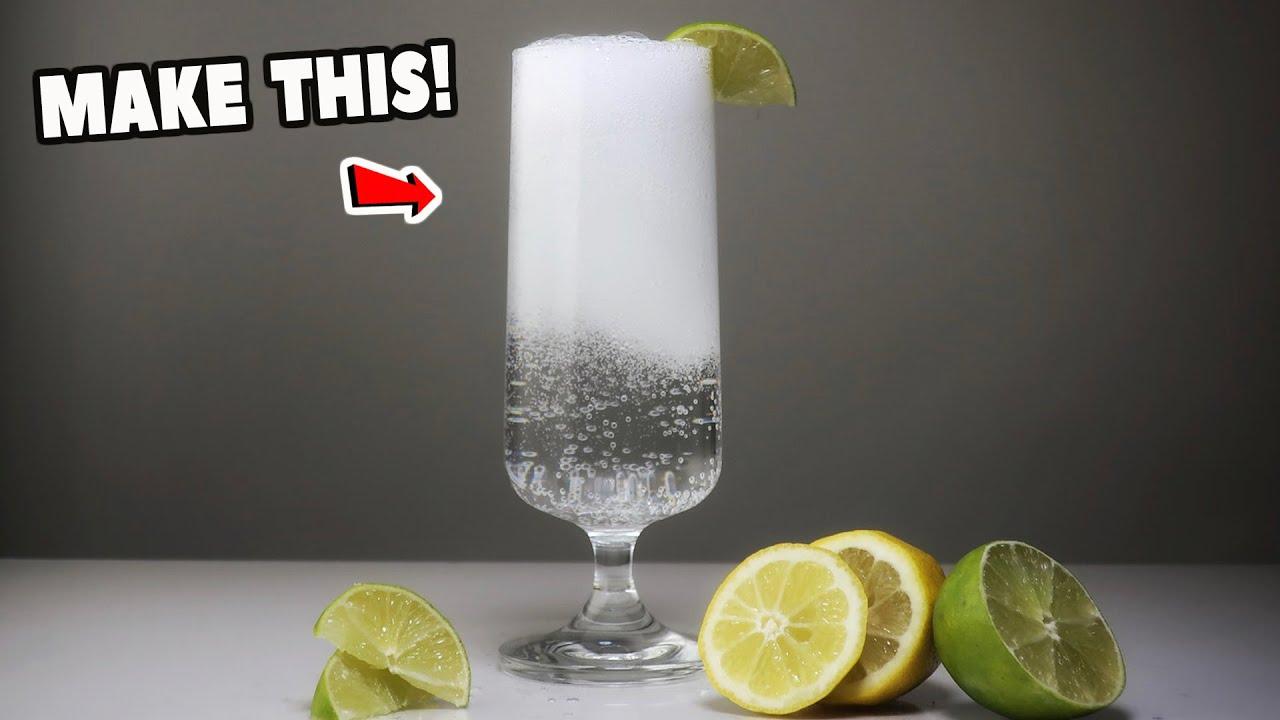Hard Seltzer Market: Impact of Health Consciousness on Demand

Introduction
The rise of health consciousness among consumers has significantly influenced the alcoholic beverage industry, with hard seltzers emerging as a preferred choice for those seeking healthier alternatives. Low-calorie, gluten-free, and low-carb attributes make hard seltzers an attractive option for health-focused consumers. This article explores how the growing emphasis on health and wellness is shaping the demand for hard seltzers.
The Health-Conscious Consumer Shift
Modern consumers are becoming increasingly mindful of their dietary and lifestyle choices. Key factors contributing to this shift include:
-
Preference for Low-Calorie Beverages – Consumers are looking for alcoholic options that allow them to enjoy social drinking without excessive calorie intake. Most hard seltzers contain 100 calories or less per serving, making them an appealing alternative to beer and sugary cocktails.
-
Reduced Sugar and Carbohydrate Content – With rising concerns about sugar intake and carbohydrate-heavy diets, hard seltzers offer a light and refreshing option compared to traditional alcoholic beverages.
-
Gluten-Free Appeal – Many hard seltzers are naturally gluten-free, catering to individuals with gluten sensitivities or those following gluten-free diets.
-
Lower Alcohol Content Preference – As part of the moderation movement, some consumers prefer beverages with a lower alcohol by volume (ABV) percentage, allowing for controlled consumption while maintaining social engagement.
-
Functional and Natural Ingredients – The demand for beverages with added health benefits, such as electrolytes, vitamins, and botanical infusions, is driving innovation in the hard seltzer market.
Market Response and Industry Trends
Brands are adapting to the health-conscious movement by incorporating the following trends into their hard seltzer offerings:
-
Organic and Natural Ingredients – Companies are emphasizing clean labels, natural fruit flavors, and organic ingredients to appeal to health-conscious buyers.
-
Non-Alcoholic Hard Seltzers – To cater to sober-curious consumers and those seeking alcohol-free alternatives, brands are introducing non-alcoholic versions of their popular hard seltzer flavors.
-
Sustainability and Transparency – Ethical sourcing, eco-friendly packaging, and transparency in ingredient sourcing are becoming critical factors in consumer decision-making.
-
Hybrid and Functional Beverages – Hard seltzers infused with probiotics, CBD, or adaptogens are gaining popularity as consumers seek added health benefits in their alcoholic drinks.
Future Outlook
As the health-conscious trend continues to gain momentum, the hard seltzer market is expected to evolve further with enhanced product offerings, new functional ingredients, and expanded marketing strategies. Brands that align with consumer preferences for healthier, transparent, and innovative options will likely thrive in this growing segment.
Conclusion
Health consciousness is a major driver of demand in the hard seltzer market. With consumers prioritizing low-calorie, gluten-free, and natural ingredient-based beverages, hard seltzers are well-positioned for sustained growth. The industry must continue to innovate and adapt to emerging health and wellness trends to maintain its competitive edge and meet evolving consumer expectations.
- Art
- Causes
- Crafts
- Dance
- Drinks
- Film
- Fitness
- Food
- Games
- Gardening
- Health
- Home
- Literature
- Music
- Networking
- Other
- Party
- Religion
- Shopping
- Sports
- Theater
- Wellness


